10 facts about iOS 15 Private Relay • Apple iCloud Plus Privacy
Apple has released a new iOS 15, and the most interesting functionality is the definite release of the iCloud Plus Private Relay as the new privacy solution. What is Apple iCloud...
Filter by Category
Filter by Author

Apple has released a new iOS 15, and the most interesting functionality is the definite release of the iCloud Plus Private Relay as the new privacy solution. What is Apple iCloud...
Posted by Wojtek Andrzejczak

With iOS 15, Safari will block trackers by hiding the user’s real IP address. But how exactly will it work? And what side effects could we expect to see in the campaign...
Posted by Wojtek Andrzejczak

Every year we wait for the Apple WWDC conference to see how they will increase Privacy settings with the new iOS release. And this year, with iOS 15, they did their best to...
Posted by Wojtek Andrzejczak

Apple deprecating IDFA on iOS 14 but also introduces the Apple Advertising option in the privacy settings. What could it mean? iOS 14 beta With the beta versions of the iOS 14, we...
Posted by Wojtek Andrzejczak

Learn how to configure a Firebase project with Google Analytics to track app and web traffic in a few simple steps. What problem do we want to solve? Let our client collect...
Posted by Wojtek Andrzejczak

Learn how to implement tracking campaign tracking to let you track your campaigns in Google Analytics. Why should you use campaign tracking parameters? Tracking parameters...
Posted by Wojtek Andrzejczak

Google Analytics UTM tracking parameters, what they are, and how to use them in digital advertising. What Google Analytics UTM’s is? UTM allows us to tag URLs with...
Posted by Wojtek Andrzejczak

Learn how to track in Google Analytics a user who uses AdBlock.
Posted by Wojtek Andrzejczak

How to enable campaign External ID setting under the Google Campaign Manager campaign? And why this option is so important?
Posted by Wojtek Andrzejczak

Google Analytics doesn’t track your Google Marketing Platform campaign traffic correctly if your traffic is identified as DFA/CPM.
Posted by Wojtek Andrzejczak
Apple has released a new iOS 15, and the most interesting functionality is the definite release of the iCloud Plus Private Relay as the new privacy solution.
Private Relay is an additional premium feature for iCloud Plus (+) users to improve their privacy during internet activity.
It is also important to remember that this feature is available only in the Safari browser. Native apps or 3rd party browsers like Chrome have no support for it.
Apple is in open war to protect the privacy of its users in all possible ways. The new privacy concept introduces hiding the user’s actual IP address to the web services user interacts with during the web (Safari) activity.
Using an IP address as a binding key for the Fingerprinting techniques to analyze and match users is typical in the advertising industry. It also allows a more or less accurate way to identify the user GEO location.
Taking user IP addresses out of the equation makes most analytics and advertising systems unable to recognize, target, and report users.
In the concept, it is Apple’s next weapon against publishers like Google or Facebook to limit the tracking activity of iOS users.
First of all, you should have an iCloud subscription. A basic 50GB storage option costs 1$ per month, which is a reasonable price for a backup.
Then you need to enable Private Relay manually since it is in the Beta phase. Will it be enabled by default in the future? We don’t know.
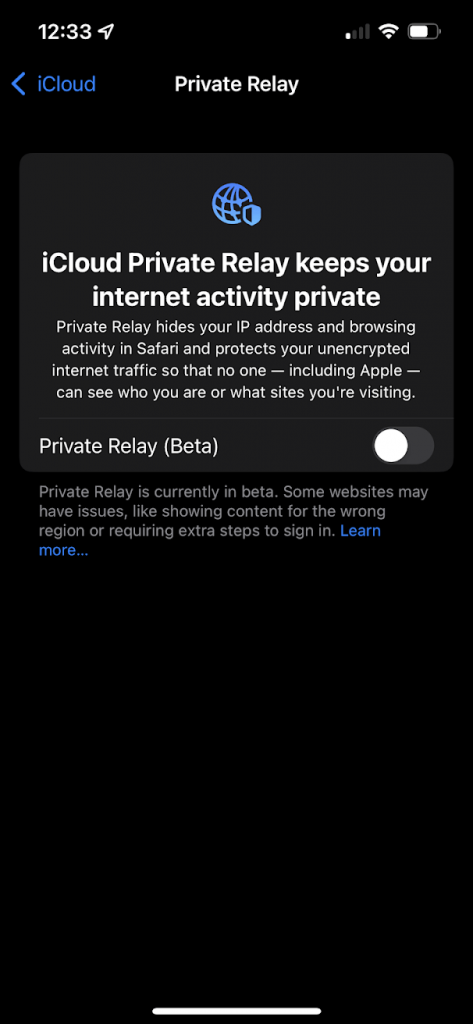
When you enable (or disable) this option, I recommend killing the Safari app and open it again.
Yes, it does.
It is like using a VPN. You are hiding (masking) your real IP, so you are hiding your physical location and identity.
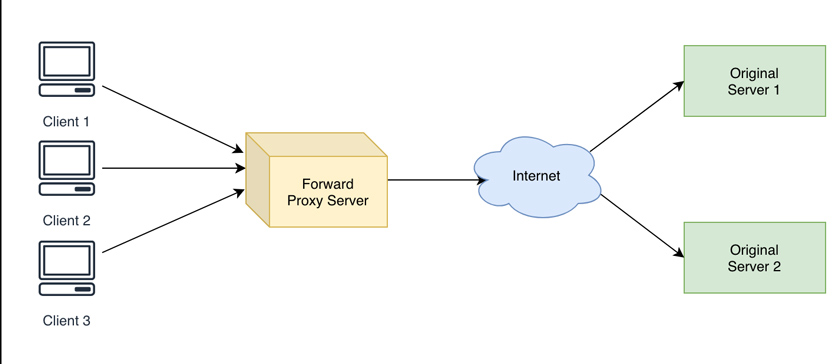
Yes, it could.
Our IP is shared with other users also using Private Relay so that some websites can ban us due to the illegal activities done by other users.
Some users use VPN services that work “similar,” like iCloud Plus Private Relay. But the problem is how many users will use the Apple service.
Classic VPN services are still not a common thing to use. Meanwhile, in 2020 it is estimated that 620 million users had purchased the Apple subscription, which makes them eligible to use Private Relay. And that is a real game-changer.
Numbers for 2021 are still unknown, but if the trend keeps up, we could expect 800 million users to have Apple iCloud subscriptions.
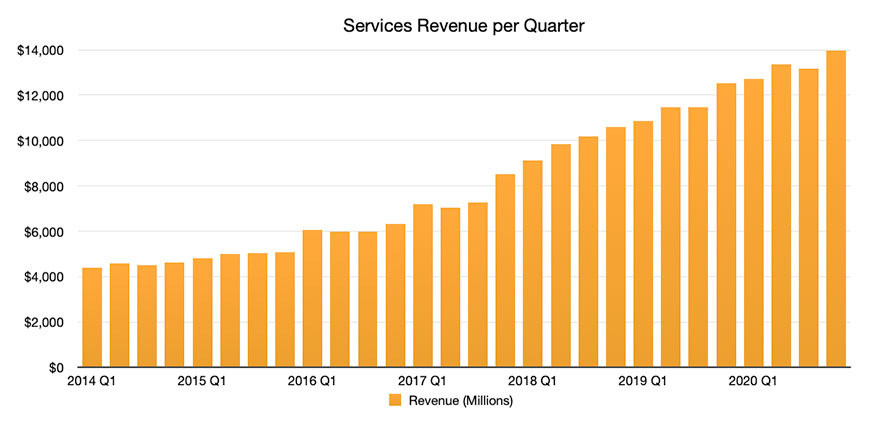
Yes, definitely.
Especially that multiple users will be using the same “proxy” IP. Blocking one IP can cause multiple users not able to access your website. Not very nice.
First of all, it will have an “only” effect on iOS Safari users (for now).
The IP address is a binding key for matching multiple user activities and behaviors in the advertising industry.
And multiple users will use the same (fake) IP simultaneously, which can cause the negative impact of targeting users in the campaigns, and also, campaign reporting will be less accurate.
If Private Relay will be released enabled by default like it is working now, campaigns targeting users on the iOS Web environment might suffer from under deliveries impressions and missing conversions. And yes, you will be able to use the “Similar audience” slider to increase your audience size, but you will deliver ads to less relevant users. So campaign KPI’s will get worst.
Would it be just easier if Apple would implement a build-in Ad-Blocker to Safari enabled by default?

Yes, we can.
Apple, in its greatness, released an “egress-ip-ranges.csv” file with all IP ranges for each country and region.
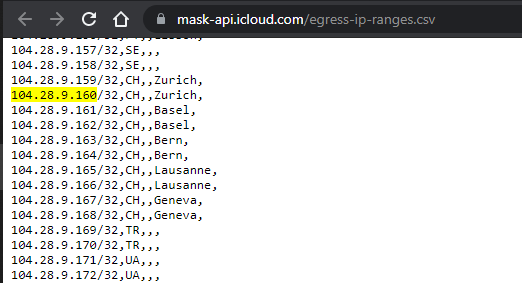
To detect such a user, we would need to implement a detection matching mechanism on our servers. After analyzing the IPs in the CSV file, we can see that they use mainly Cloudflare and Akamai CDN proxy infrastructure to forward network traffic. That is quite clever, to be honest.
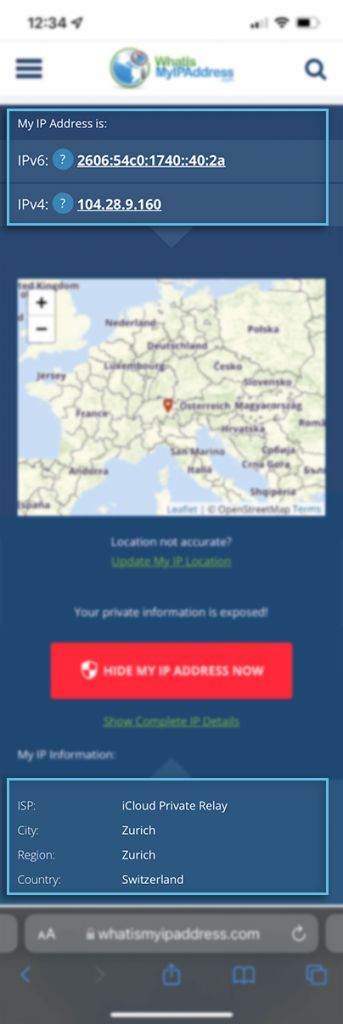
No, I don’t think so.
Cookies are an addition to the browser, so they store some values over time.
The IP address is an integral part of the internet. Hiding user IP addresses will eliminate the possibility of directly connecting user activity with his real IP, which would allow users to be less exposed to aggressive advertising mechanics tracking them on each corner of the internet.
Long story short, I’m not sure if the Private Relay will be released in this form as we have now in the Beta phase.
I’m okay with Apple masking by default IP address of all know tracking pixels. I find this fair solution to keep security and user privacy in place.
However, I’m not entirely sure if hiding IP for whole website traffic is a good idea for multiple, primarily technical reasons.
Apple claims that Private Relay is double proxied that no one can track you down, even Apple themselves. I’m not so sure about this claim, but okay.
In that case, it means that potential hackers could use safari as a tool to execute illegal operations on a specific website, making all other users sharing the same IP (or IP range) to be blocked by the website server administrator. It also makes it hard (impossible) to track and isolate the source of the attack. And this is as bad as it sounds.
I hope Apple will change the way how Private Relay works., In the current form, I’m not a fan of it.
Subscribe to our newsletter!

How will the programmatic mobile advertising change after the iOS 14 release? How we’ll be able to run programmatic campaigns? YT#2 – iOS 14 vs. programmatic advertising How...

Every day we see more traditional media like Radio, Posters, and TV getting digitalized and assimilated into Programmatic Advertising. As a result, each election cycle budget for...